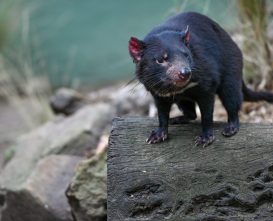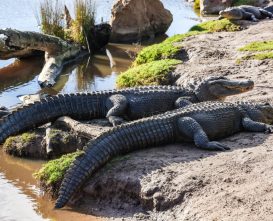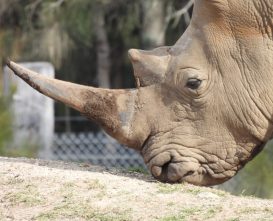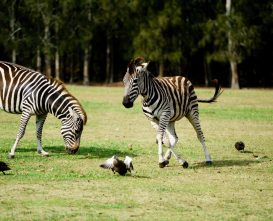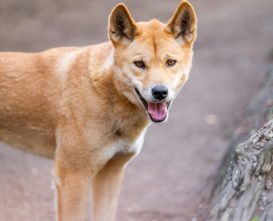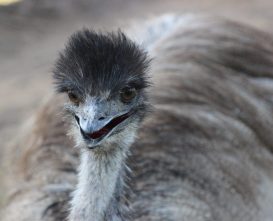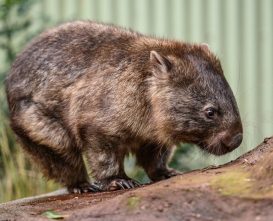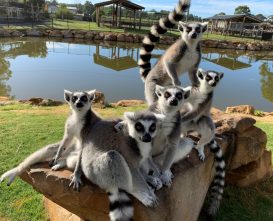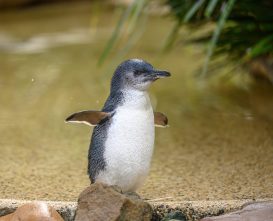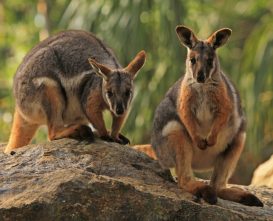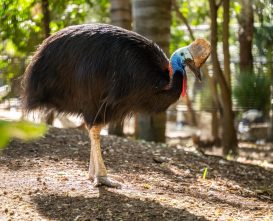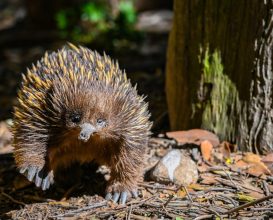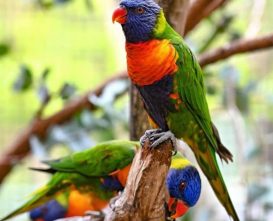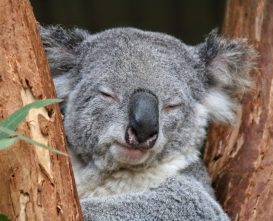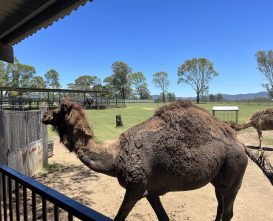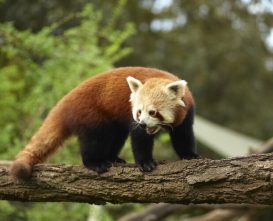Our Animals
Caring for the physical, mental, and emotional welfare of our animals is our passion, and is at the core of all we do.
Across Featherdale Sydney Wildlife Park, Mogo Wildlife Park, and Hunter Valley Wildlife Park, we provide a safe home for all of our animals with enriching environments for numerous endangered and critically endangered species from across Australia and from around the world.
Find out more about our family of amazing animals. Click on an animal to find out about its natural habitat, dietary requirements, and lots of other fascinating facts. If you’d like to visit the animal, simply check with the park they live at and plan your trip.
- All
- All Animals
- Birds
- Mammals
- Marsupials
- Parrots
- Reptiles

TIGER (SUMATRAN TIGER)
Panthera tigris sumatrae
You'll find Tigers living in a wide variety of habitats; tropical lowland evergreen forest, mountain forest, woodlands, tall grass jungle to dry thorn forest. Tigers cope with a broad range of climatic variation but prefer to hunt in dense vegetation.
[endangered_terms]
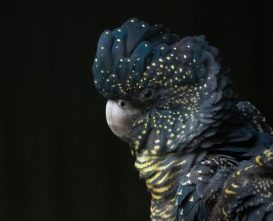
Red Tailed Black Cockatoo
Calyptorhynchus banksii
Red-tailed Black-cockatoos are usually found in pairs, small flocks or large, noisy flocks. During the breeding season, which varies according to geographic location, males will strut across perches with their tails fanned out and their crests up to attract females.
[endangered_terms]
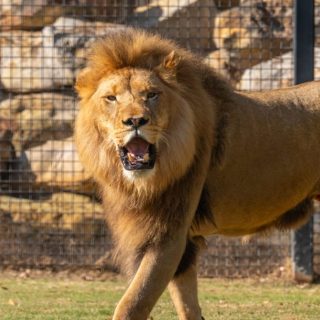
stay in touch with Your Australian wildlife parks family
Stay up-to-date and subscribe to our newsletters
Your information is only utilised by Australian Wildlife Parks. For more information see our privacy policy.
Australian Wildlife Parks acknowledges Aboriginal people as the traditional custodians of the land on which our offices and operations are located, and we pay our respects to Elders past, present and emerging.
© 2021-2024 Australian Wildlife Parks • Privacy Policy • Disclaimer
